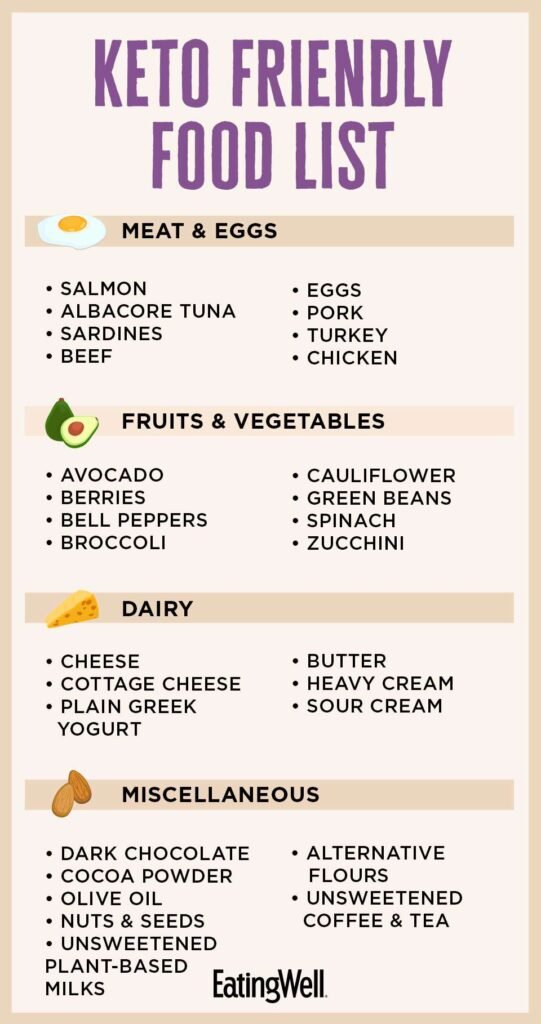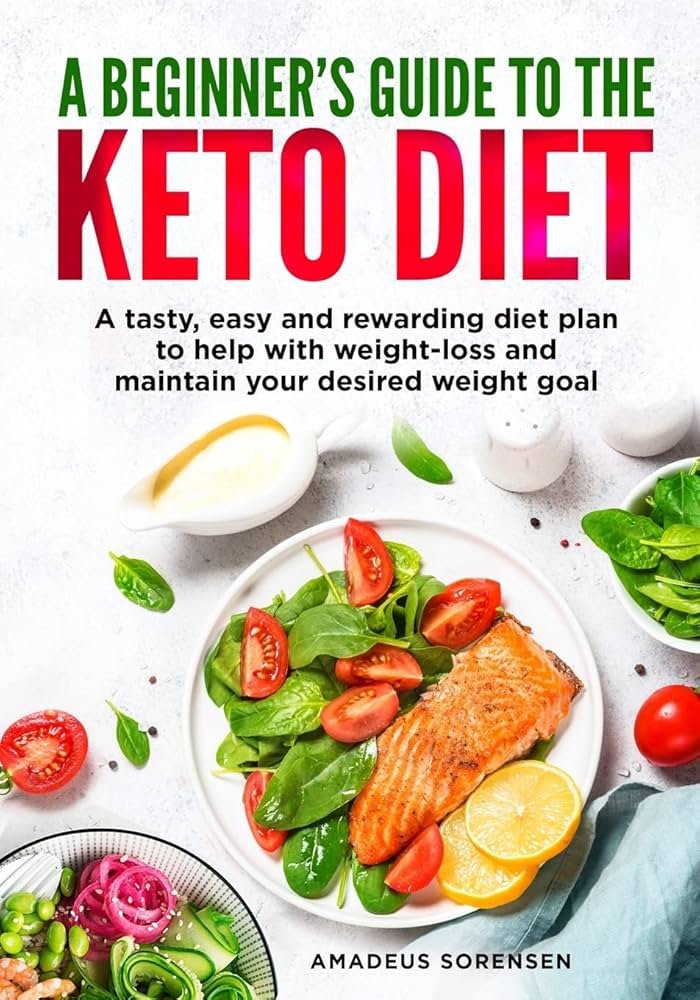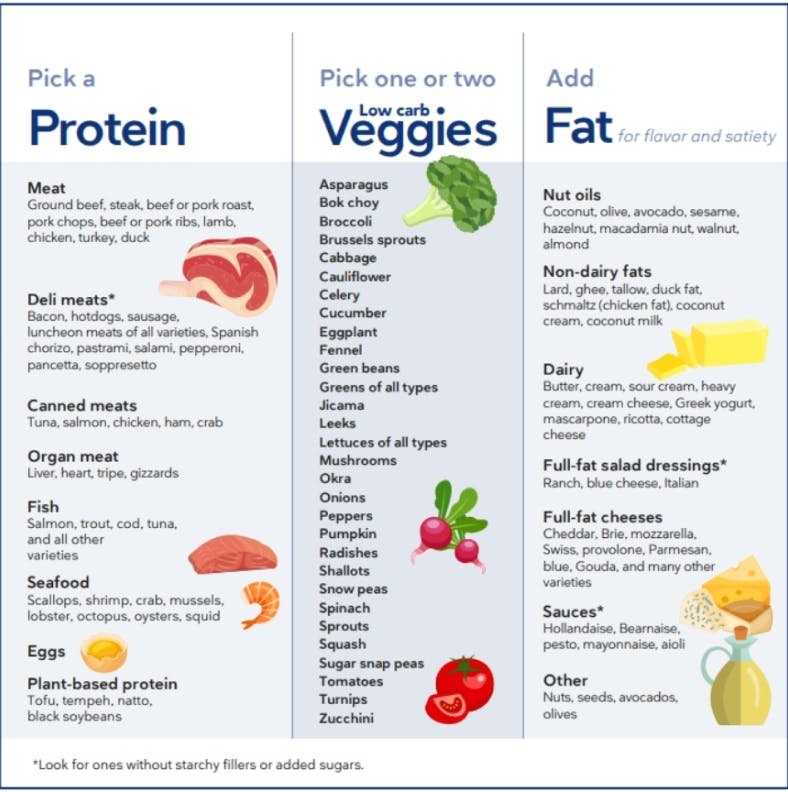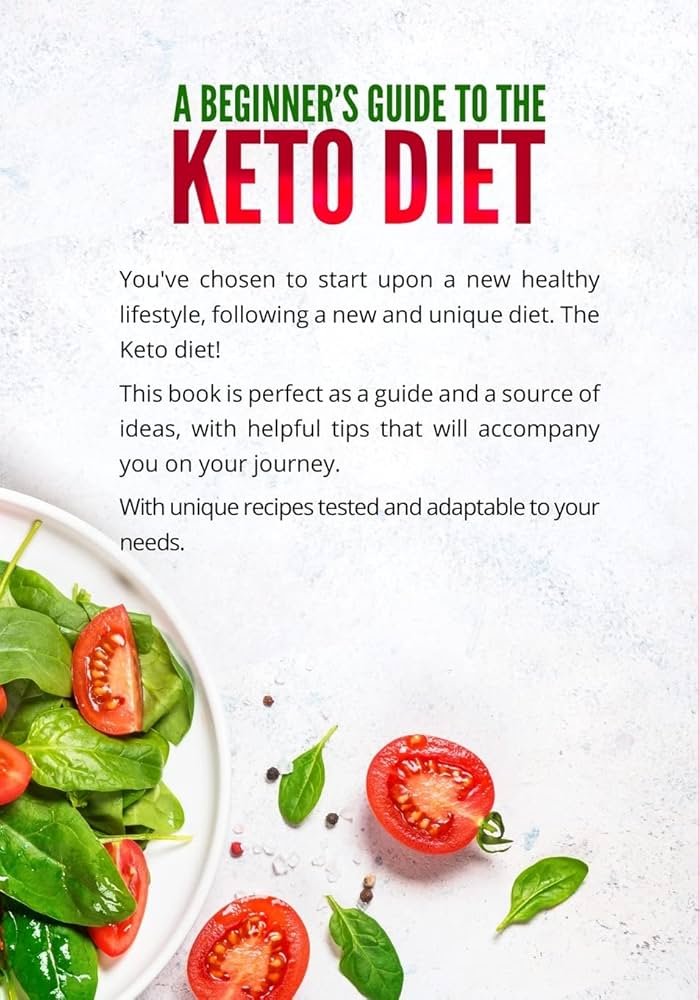Have you ever wondered how certain diets can transform your energy levels and overall well-being? The ketogenic diet, commonly known as keto, has garnered significant attention for its potential health benefits. Whether you’re looking to lose weight, boost energy, or simply try something new, understanding the essentials of the keto diet can be your first step toward achieving your goals.

What is the Keto Diet?
At its core, the keto diet is a low-carb, high-fat diet that aims to shift your body’s metabolism from burning carbohydrates to burning fats for fuel. This process is known as ketosis, and it occurs when your body has little to no glucose available from carbohydrates. Instead, it begins to break down fat into ketones, which are then used for energy. This can lead to various benefits, including weight loss, improved mental clarity, and increased energy levels.
The Science Behind Keto
When you drastically reduce your carbohydrate intake and replace it with fats, your body undergoes a series of metabolic changes. Normally, carbohydrates are the primary energy source. However, when you limit carbs, your insulin levels drop, and your body starts to burn fat instead.
During ketosis, the liver converts fatty acids into ketones, which can cross the blood-brain barrier and be utilized as an efficient energy source, allowing the brain to function optimally. This metabolic shift can also lead to changes in hunger hormones, which may help you feel fuller for longer.
Macronutrient Breakdown
Understanding macronutrients—carbohydrates, fats, and proteins—is crucial to successfully following the keto diet. Here’s a quick overview of how you’ll balance these components:
| Macronutrient | Percentage of Daily Intake |
|---|---|
| Fats | 70-75% |
| Proteins | 20-25% |
| Carbohydrates | 5-10% |
Fats
The majority of your daily caloric intake will come from healthy fats. This includes sources like avocados, olive oil, coconut oil, and nuts. These fats not only provide energy but also support hormone production and overall cell health.
Proteins
Proteins play a vital role in muscle maintenance and repair. It’s essential to choose high-quality sources like meat, fish, eggs, and plant-based proteins to meet your daily needs without exceeding your carbohydrate limits.
Carbohydrates
Carbs are the most restricted macronutrient on the keto diet. Focusing on non-starchy vegetables—like leafy greens, broccoli, and zucchini—can help you meet your fiber requirements while keeping your carb intake low.
Benefits of the Keto Diet
Many individuals turn to the keto diet for its numerous advantages. While results can vary, the following benefits are often reported:
Weight Loss
Keto is popular for its potential to facilitate rapid weight loss. By cutting out carbs, your body burns stored fat, leading to a decrease in body weight. Many people find that they lose weight more easily on keto due to reduced hunger and cravings.
Increased Energy Levels
As your body adjusts to using fat for fuel, you may experience improved and more stable energy levels throughout the day. This is particularly beneficial for those who often experience energy crashes after carbohydrate-heavy meals.
Mental Clarity
Some followers of the keto diet report enhanced focus and mental clarity. The brain thrives on ketones, and many find that they can concentrate better when adhering to keto, making it a popular choice for students and professionals alike.
Improved Blood Sugar Control
The keto diet can help stabilize blood sugar levels by reducing insulin spikes associated with high-carb diets. This may be particularly beneficial for individuals with insulin resistance or Type 2 diabetes.

Getting Started on the Keto Diet
Starting the keto diet can feel daunting, but you don’t need to be overwhelmed. Breaking it down into manageable steps will help you transition smoothly.
Assess Your Current Diet
Before making any changes, take a moment to assess your current eating habits. Keep a food diary for a week to determine your macronutrient intake and identify areas for improvement. This will give you insight into how to adjust your meals for the ketogenic lifestyle.
Set Clear Goals
What do you hope to achieve with the keto diet? Setting specific, measurable goals can help motivate you throughout your journey. Whether it’s losing weight, improving your energy levels, or enhancing mental focus, having a clear goal can guide your decisions.
Plan Your Meals
Meal planning is one of the best strategies for success on the keto diet. By preparing your meals ahead of time, you can avoid cravings and make healthier choices. Focus on creating a weekly menu that includes high-fat, low-carb options that you enjoy.
Sample Keto Meal Plan
| Meal | Example |
|---|---|
| Breakfast | Scrambled eggs with spinach and feta |
| Lunch | Grilled chicken salad with avocado and olive oil dressing |
| Snack | Handful of mixed nuts |
| Dinner | Baked salmon with asparagus |
| Dessert | Sugar-free cheesecake bites |
Stock Your Pantry
Clearing out your pantry to remove high-carb foods can make sticking to your new diet easier. Fill your kitchen with keto-friendly items such as:
- Healthy oils (olive oil, coconut oil, avocado oil)
- Low-carb snacks (nuts, seeds, cheese)
- Fresh vegetables (broccoli, cauliflower, zucchini)
- Proteins (meat, poultry, fish, eggs)
Being prepared can help you avoid temptations when hunger strikes.
Hydration and Electrolyte Balance
Staying well-hydrated is critical on the keto diet, especially during the initial transition period. As your body adapts to ketosis, you may experience a loss of electrolytes. Ensure you’re consuming enough salt, magnesium, and potassium by incorporating foods like leafy greens, avocados, and broth into your meals.

Challenges on the Keto Diet
While the keto diet can be rewarding, it’s not without its challenges. Being aware of these potential hurdles will help you navigate them more effectively.
Keto Flu
Some people experience what’s often referred to as “keto flu” during the initial adaptation phase. Symptoms may include headache, fatigue, dizziness, and irritability. These symptoms usually last a few days and can be alleviated by staying hydrated, consuming electrolytes, and allowing your body time to adjust.
Social Situations
Navigating social events can be tricky while following the keto diet. Many meals are centered around high-carb options, making it essential to plan ahead. Consider eating beforehand or bringing keto-friendly snacks to gatherings to avoid feeling left out.
Future Cravings
You may find that cravings for sweets and carbohydrates persist, especially during the initial stages of the diet. Understanding that cravings are temporary can help you resist temptation. Finding healthy keto alternatives, such as natural sweeteners for desserts, can also satisfy your sweet tooth without derailing your progress.

Maintaining Your Keto Lifestyle
Once you’ve adapted to the ketogenic lifestyle, maintaining it will require ongoing commitment. Here are some strategies to help you stay on track.
Track Your Macros
To achieve your desired results, it can be helpful to track your macronutrient intake. Numerous apps are available that make logging your food simple and help ensure you’re within your target ranges.
Stay Informed
The world of nutrition is ever-evolving. Keep yourself educated by reading books, following reputable blogs, and engaging with keto communities online. This can provide motivation and new ideas for meals and recipes.
Experiment with Recipes
Variety is essential for long-term success. Experiment with new keto recipes to keep your meals fresh and exciting. You might discover new favorite dishes that fit perfectly into your lifestyle.
Consider Intermittent Fasting
Intermittent fasting can complement the keto diet and enhance its benefits. This eating pattern involves cycling between eating and fasting periods, which may help improve weight loss and metabolic health. Consult a healthcare professional before trying fasting to ensure it’s a good fit for you.
Listen to Your Body
Your body is unique, and what works for someone else may not work for you. Pay attention to how different foods make you feel, and adjust your diet as needed. This personalized approach will help you achieve the best results for your individual health goals.

Conclusion
Embarking on the keto diet journey can seem complicated, but it’s all about making informed choices and tuning into your body’s needs. By understanding the fundamentals, planning your meals, and remaining adaptable, you’ll be well-equipped to embrace a healthier, fulfilling lifestyle.
Remember, it’s not just about the diet; it’s about creating habits that can lead to lasting change. Celebrate small victories along the way, and enjoy the process of discovering which foods nourish your body and mind. With determination and knowledge, you have the power to live your best life on the keto diet.
